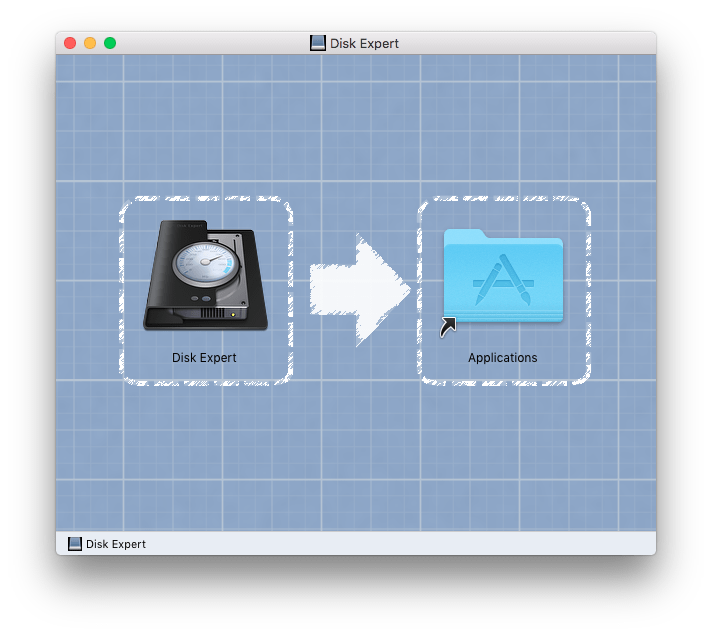
- Delete dmg after installation mac os x#
- Delete dmg after installation install#
- Delete dmg after installation free#
This will show running apps, and lets you force-quit them if necessary - just highlight the Citrix WorkSpace App and click Force Quit. Press Cmd + Alt + Escape to see the Force Quit Applications menu. If you are Unable to find the Citrix WorkSpace App running on your MAC and if you want to forcefully quit
Delete dmg after installation install#
~/ShareFile (contains the user data synchronized by Follow Me Data) Select either the logo to install OS X on the particular device or complete the box underneath to send a download link via email.

private/var/db/receipts/.bomįile not cleaned up during uninstall that you may or may not want to delete depending on your needs: Installation information files that are okay to remove after uninstall: Library/PreferencePanes/FMDSysPrefPane.prefPane Open Finder Window and search for the DMG file. ~/Library/Application Support/ShareFile (contains user specific configurations) If you're having trouble removing a DMG file, you need to make sure you have ejected it first here's how: Locate the DMG file and right-click. ~/Applications/Citrix/FollowMeData (this is a hidden folder that contains the application binary) The following locations should be cleaned up after running the uninstaller utility: You can remove the files that were not properly cleaned up by the uninstaller. You can also keep the user data that was previously synchronized on your system by Follow Me Data. The files and folders that are compatible with this feature are listed.

In version 11.6, the Follow Me Data feature is integrated into the Citrix Receiver for Mac. It is important to remember that certain items mentioned in this article might not exist on your system depending on the Receiver version(s) you previously installed. Note that certain folder mentioned in the list can be hidden directories on the system. A path without a tilde refers to the system-wide version of that folder at the root of the system (e.g. For example, ~/Library/Preferences/ refers to the Preferences folder within the user's Library folder (e.g. Under this folder, you can delete any applications you previously added via the Receiver UI.Ī tilde (~) placed at the beginning of a folder path refers to that folder’s location within the user profile. Preferences/.plist.lockfile (added in 11.6)
Delete dmg after installation free#
Then you can feel free to delete the original DMG file: you dont need it.
Delete dmg after installation mac os x#
Citrix/Receiver Integration (entire folder) Most of Mac software comes in DMG format including MAC OS X installation.

If they still exist, remove them manually. dmg installers downloaded off the internet should be fine.After uninstalling the Receiver and rebooting the system, ensure that the files or folders listed in this section have been removed from your system. If the image is actually a sparsebundle, this technique should probably be avoided (some will probably work, some will definitely not, and some might have problems if you empty the trash). For example:Īnd although the Finder will not empty the image from the trash while it is mounted, you can use the command line to remove the image file altogether after it's mounted, bypassing the trash altogether: You can then install and unmount (or reboot) like normal, and forget about the image file altogether, since it's already trashed.Īs an alternative, you can mount an image from the trash from the command line. So after you open an image to mount it, you can immediately trash it. I won't go into the technical details of why this is true, but the system has no problem keeping track of the actual image's location. While you can't mount an image from the trash using the Finder, you can trash an image once it is already mounted. I'm not sure this qualifies as a hint, but I find the following trick effective to avoid the problem: I often find my downloads directory filling with disk images I've downloaded off the internet, installed, and forgotten to delete after unmounting (and possibly rebooting).


 0 kommentar(er)
0 kommentar(er)
